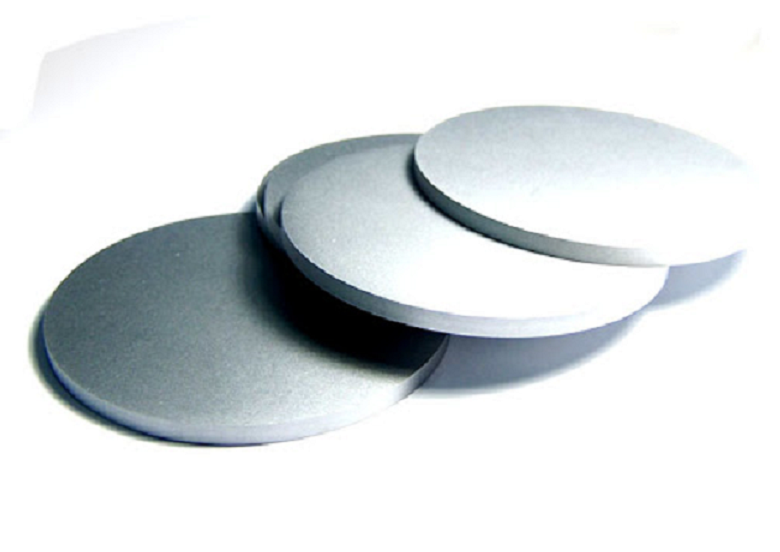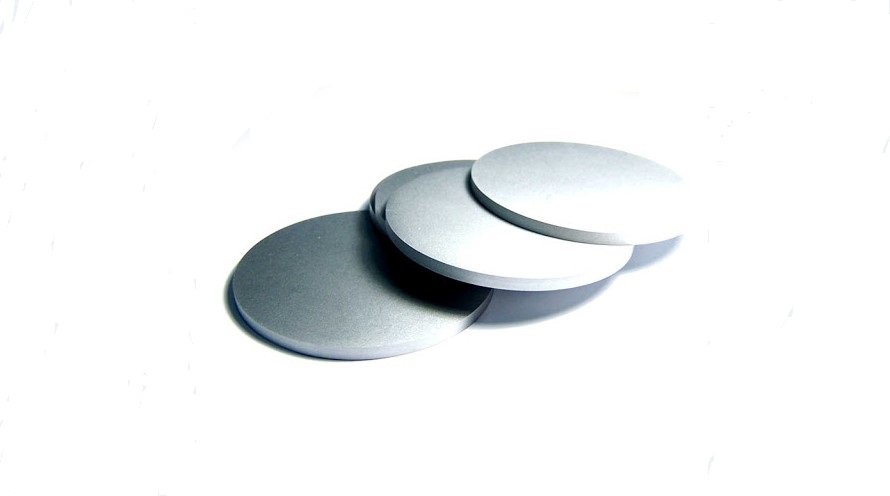Uses of Tungsten Alloy Wafers

Uses of Tungsten Alloy Wafers
Tungsten alloy is an alloy composed of tungsten and other elements. A tungsten alloy wafer is a wafer made of tungsten-molybdenum alloy or tungsten thorium alloy or rare earth tungsten alloy or tungsten-rhenium alloy. It is often used as a substrate in power semiconductor devices and electric vacuum devices. It is easy to process and has better performance than molybdenum wafers. In this article, let's take a look at the uses of tungsten alloy wafers.

Uses of Tungsten Alloy Wafers
Before diving into our article, let's figure out the types and uses of tungsten alloys.
According to different uses, tungsten alloys are divided into hard alloys, high specific gravity alloys, metal sweating materials, contact materials, and electronic and electric light source materials. It has high density, high hardness, high strength, high melting point, and excellent properties such as heat conduction, electrical conductivity, and electron emission. It is widely used in aerospace, aviation, military, petroleum drilling, electrical instruments, medicine, and other industries.
Some examples of the uses of tungsten alloy wafers in the machinery industry are as follows:
1. It can be used for the procession of ion implantation parts, manufacture electric light sources and electric vacuum parts, produces cover plates in sapphire crystal growth furnaces, heating zones, and connectors in vacuum furnaces, sputtering targets for plasma coating, evaporation of tungsten boats, and other products.
2. It is suitable for manufacturing cast iron rolls and high nickel-chromium roll dressing-forming knives.
3. It is suitable for manufacturing unloading plates, stamping dies, punches, electronic progressive dies and other stamping dies, etc.
4. It can be used as a tungsten steel bushing.
5. It can be used to manufacture wear-resistant parts.
6. It is suitable for processing high-density fiberboard and density board.
In addition, cemented carbide wafers are mostly used for cutting hard materials such as copper and stainless steel. Cemented carbide wafer is suitable for cutting or grooving processing of ordinary steel, alloy steel, hardened steel, copper, aluminum, stainless steel, titanium alloy, and other metal materials and electronic printed circuit boards, adhesive tape, rubber, leather, and other non-metallic materials.
Conclusion
Thank you for reading our article and we hope it can help you have a better understanding of the uses of tungsten alloy wafers. If you want to learn more about tungsten alloys or other types of refractory metals and alloys, we would like to advise you to visit Advanced Refractory Metals (ARM) for more information.
Headquartered in Lake Forest, California, USA, Advanced Refractory Metals (ARM) is a leading manufacturer & supplier of refractory metals & alloys across the world. It provides customers with high-quality refractory metals & alloys such as tungsten, molybdenum, tantalum, rhenium, titanium, and zirconium at a very competitive price.
{{item.content}}
LEVE A REPLY
{{item.children[0].content}}
{{item.content}}






